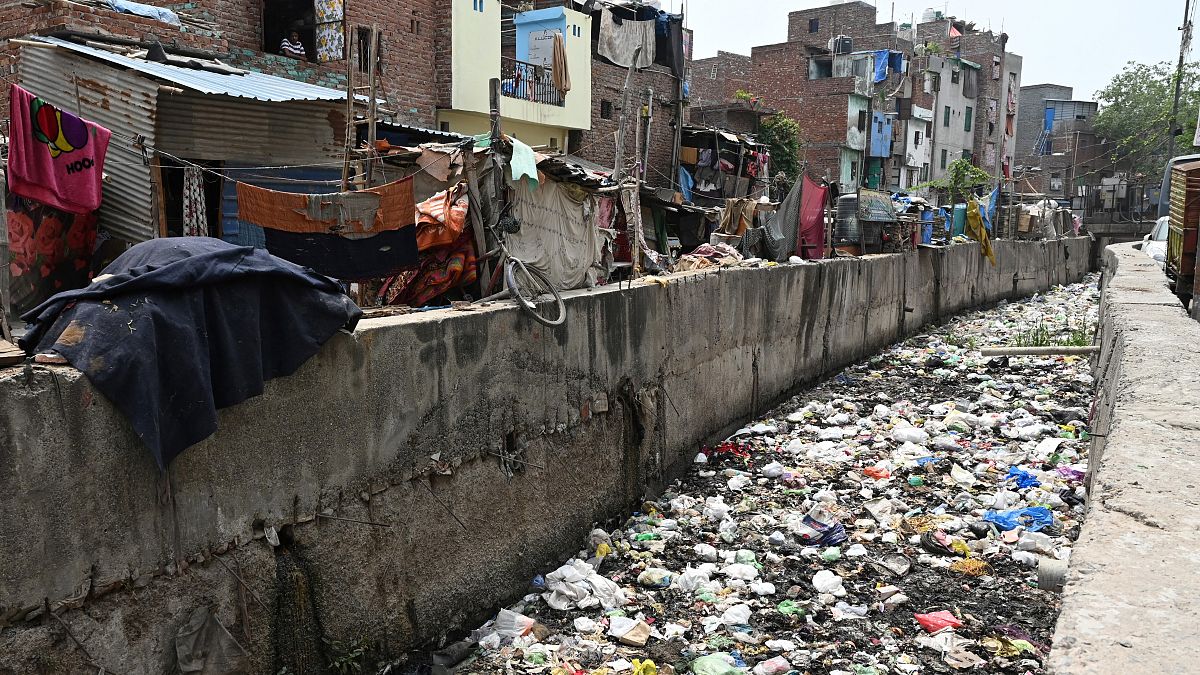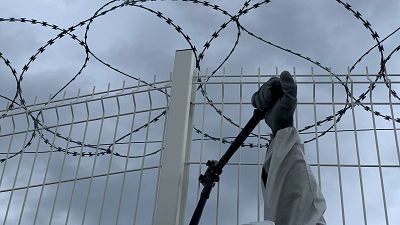India is set to overtake China as the most populous country in the world but millions are now living with disease and pollution.
As India’s population grows, sewage and waste infrastructure is struggling to keep up.
The country was projected to overtake China as the most populous in the world at the end of April with almost 1.43 billion people, according to the United Nations. Its urban centres are set to explode with more than 270 million people living in India’s cities by 2040.
But sewers are already struggling to keep up. Government figures for 2020 to 2021 show that of the 72 billion litres currently generated in urban centres, 45 billion litres - enough to fill 18,000 Olympic swimming pools - aren’t treated.
And two-thirds of urban homes aren’t connected to India’s sewerage system.
Together with huge amounts of emissions from industrial processes, this waste is polluting waterways, causing disease, killing wildlife and seeping into the groundwater.
Wastewater is flowing into open sewers
Mohammed Azhar lives in the Delhi neighbourhood of Seelampur where open gutters are filled with plastic and grey-coloured water.
“We are just surviving here. There's smell, pollution, everything. We are in trouble because there is no cleanliness,” he says.
“There are diseases, mosquitoes, filth. Small children live here and they often get a fever, they fall sick. But no one is here to look after us.”
Khalil Ahmad, another Seelampur resident, says all the main drains flow into the sewer - “including waste from toilets”.
“All the wastewater is collected in this sewer but they never clean it completely.”
Can India tackle its sewage problem?
India has made major progress in reducing child mortality but diarrhoea remains a leading killer. It is mostly caused by contaminated water and food with more than 55,000 children under five dying of diarrhoea in 2019, according to a recent study.
Delhi’s Yamuna River is one of the world’s filthiest waterways and is considered ‘ecologically dead’ in some places. But people still take ritual baths and wash clothes in it.
According to the World Bank, India is one of the most “water-stressed” countries in the world with falling water tables and increasingly erratic monsoon seasons. In 2019, Chennai nearly ran out of water and other cities could be in a similar situation in the coming years.
“Urbanisation in terms of access to basic amenities - primarily water, sanitation, education, health services - will be a challenge,” says Purnamita Dasgupta, head of the Environmental and Resource Economics Unit at the Institute of Economic Growth.
Decentralised sewage treatment plants could see this waste fully cleaned and reused or released into lakes to combat the water crisis.
Watch the video above to learn more about India’s waste problems.



